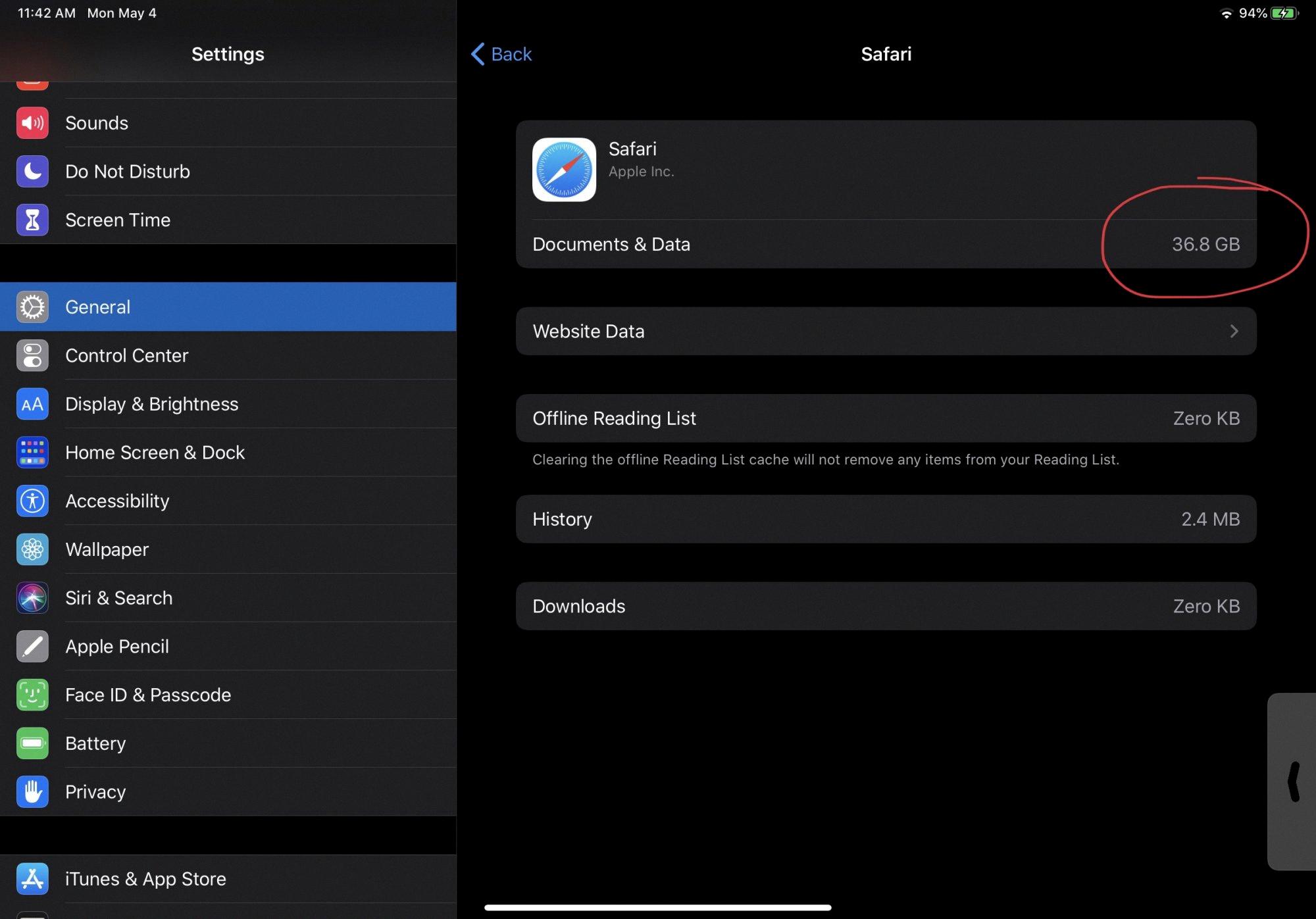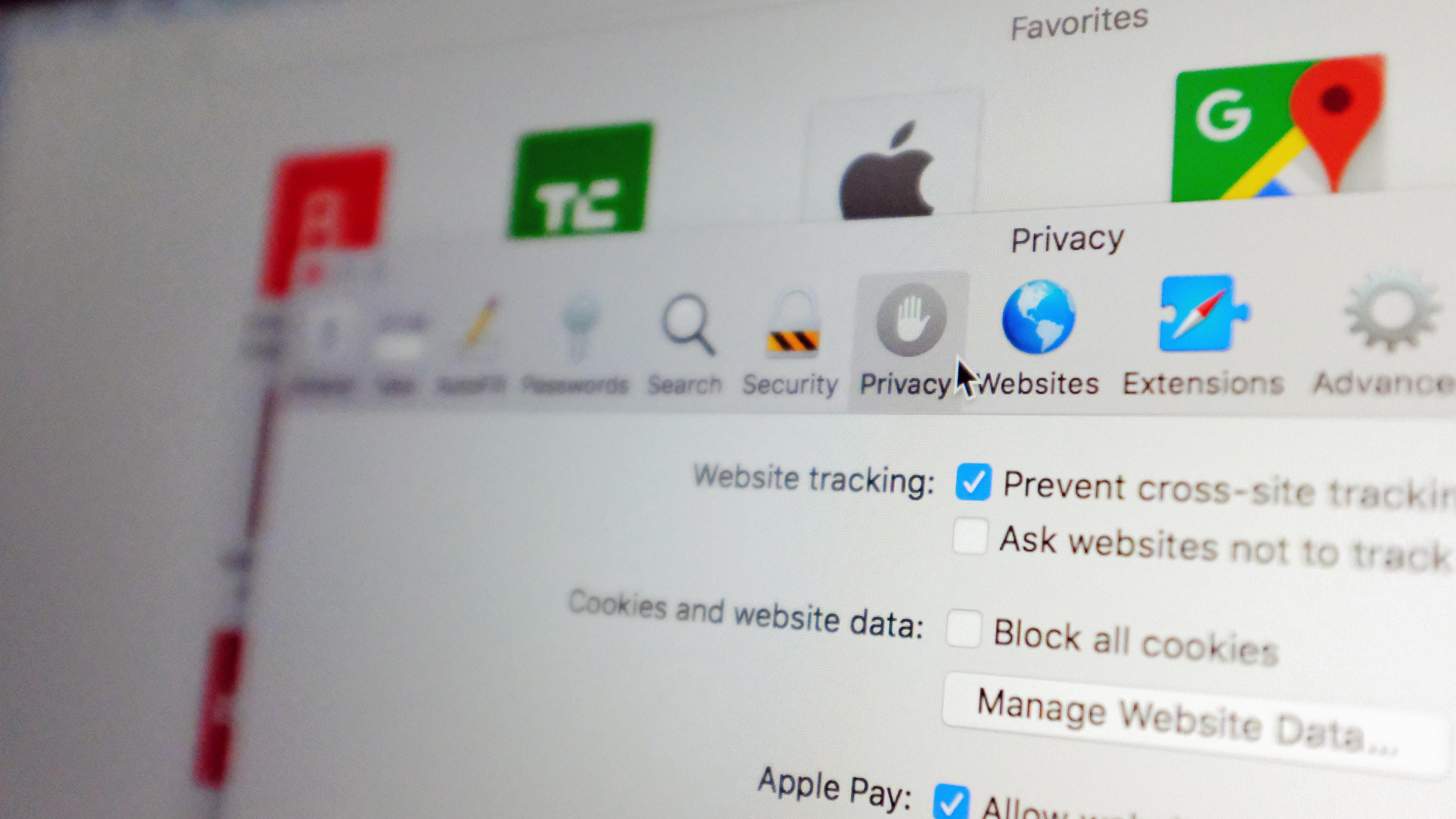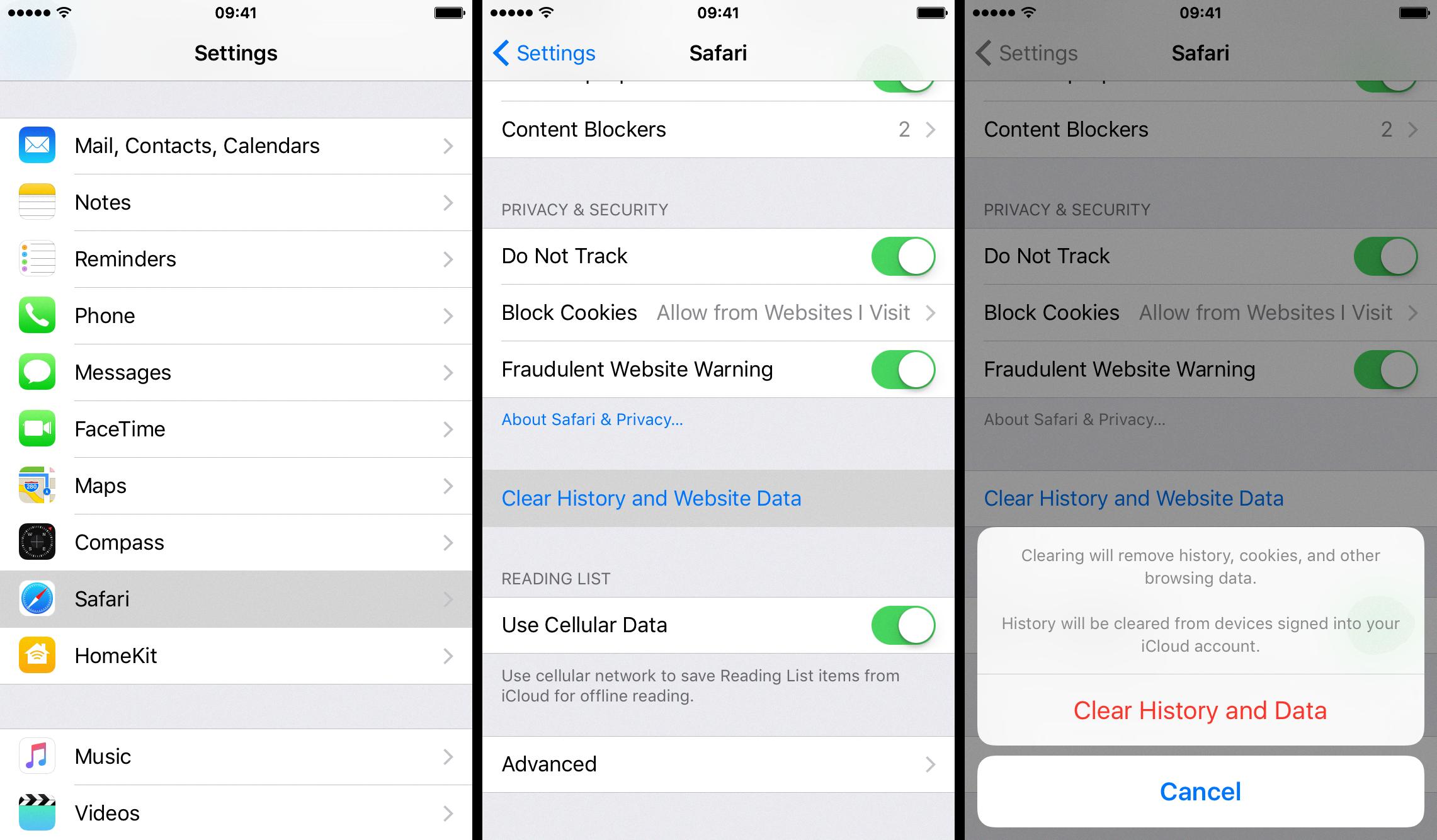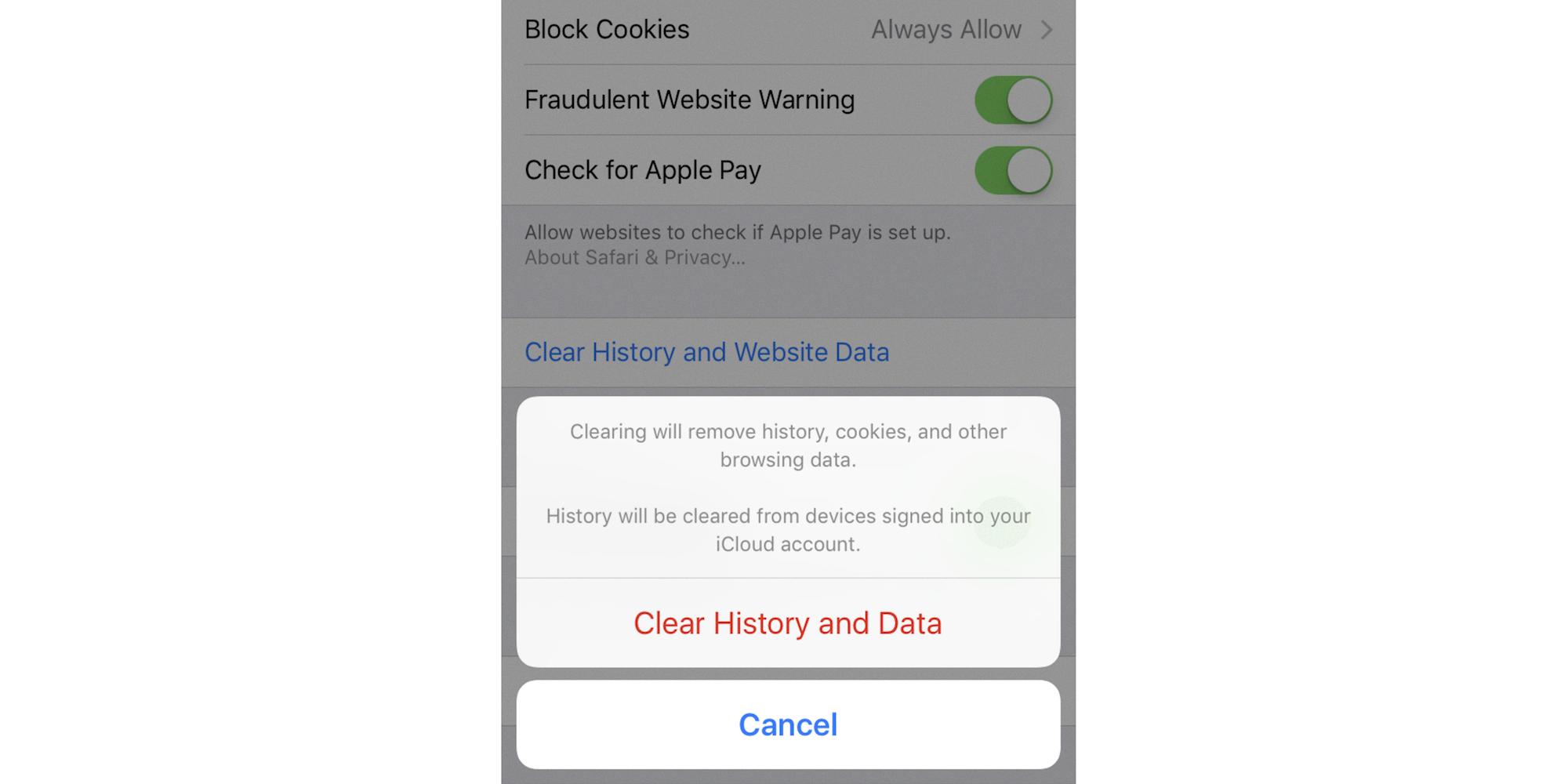Welcome to our blog post about Safari and how to clear Safari Documents and Data! Safari is Apple’s web browser that is used by millions of people around the world. It is a fast, secure, and reliable way to browse the internet.
However, as with any software, it can accumulate data over time which can lead to slower performance or even crashes. To ensure that your browsing experience remains smooth and efficient, it is important to regularly clear out your Safari documents and data.
In this post, we will discuss how to do this in a few simple steps.
First, open the Settings app on your iPhone or iPad. Scroll down until you see “Safari” in the list of options. Tap on it and then select “Clear History and Website Data” from the menu that appears. This will delete all website data stored in Safari including cookies, cached images, files, history, saved passwords, autofill information, search terms, etc. It will also delete any data stored by websites you have visited while using Safari such as login details or preferences.
Once you have done this you should also clear out any additional documents and data associated with apps installed on your device. To do this go back into Settings > General > iPhone Storage. Select an app from the list that has accumulated a lot of storage space (e.g., Facebook). From there tap on “Delete App” followed by “Delete App Data” when prompted. Doing this will delete all files related to that app so it is important to only do this for apps that you no longer need or use anymore!
Finally, if you want to be extra thorough when clearing out documents and data from your device then you can manually delete any files stored in iCloud Drive or other cloud storage services like Dropbox or Google Drive. You can access these files through the Files app on your device or online via a web browser depending on how your cloud account is set up. Any files stored here should be deleted if they are no longer needed as they take up valuable storage space!
We hope this post has been helpful in explaining how to clear Safari Documents and Data from your device! If you follow these steps then you should be able to keep your iPhone running smoothly without having to worry about large amounts of unnecessary data taking up valuable storage space!

Source: forums.macrumors.com
The Impact of Documents and Data on Safari
Having a large number of documents and data in your Safari browser is usually caused by website data being stored on your device. This can happen when you visit websites, as they may store cookies, images, and other files on your device to make the website load faster. Over time, these files can accumulate and take up a significant amount of space. Additionally, if your browser is set to save passwords or any other information you input while browsing, this will also add to the size of the Documents & Data section.

Source: techcrunch.com
Cleaning Up Safari Storage
Cleaning up Safari storage is an easy process that can help improve your device’s performance. To get started, open the Settings app and tap on Safari. Then, tap on Clear History and Website Data. This will delete your browsing history, cookies, cached images and files, and other website data stored on your device. You can also tap Advanced > Website Data to remove all website data from Safari at once. Additionally, you can turn off Automatic Downloads in Safari by going to Settings > App and iTunes Stores > Automatic Downloads. Finally, you can limit the amount of data that websites can store on your device by going to Settings > Safari > Block Cookies and selecting either “Always Block,” “Allow from Current Website Only,” or “Allow from Websites I Visit.” Following these steps could help free up some space in your Safari storage.
Clearing iPhone of Documents and Data
To clear your iPhone of documents and data, you’ll need to open Settings > General > iPhone Storage. This will show you a list of all the apps currently installed on your device, along with their individual storage usage. Tap each app to see what documents and data are taking up space; you can delete any unwanted files here. If you’re having persistent issues with an app, you can also uninstall and reinstall it from this menu – this will clear any junk files associated with the app and update it to the latest version.

Source: idownloadblog.com
The Impact of Clearing Safari Cache on Freeing Up Space
Yes, clearing the Safari cache will free up space on your iPhone. When you clear the Safari cache, all of the data stored from your recent web browsing activities are deleted from your device, freeing up space. This includes cookies, website data, and cached images and files that were stored when you visited websites. This can help improve the speed of your Safari browser by removing unnecessary data and improving performance on your iPhone overall.
The Benefits of Clearing Safari Data
Yes, it is a good practice to periodically clear Safari data from your iPhone or iPad. Clearing Safari data can help improve the performance of your device by eliminating browsing history, temporary files, and cached images and web pages. This can help reduce loading time when you are browsing the web, as well as free up storage space on your device. Additionally, clearing the offline reading list cache can also help clear out more space on your device.
Is Clearing Safari Cache Safe?
Yes, clearing the Safari cache is generally safe. When you clear your Safari cache, it will delete temporary files and website data that are stored on your device. This can help improve the speed of web page loading and improve the overall performance of your device. However, it’s important to note that deleting the cache cold cause certain web pages to load slower than before when revisited. That’s why it’s best to only clear your Safari cache when you encounter specific issues such as slow page loading or general performance issues on your device.
Clearing the iPhone Cache
If you’re looking to clear your iPhone’s cache, here’s what you need to do:
1. Open the Settings app on your iPhone and scroll down to Safari.
2. In the Safari settings, scroll down and tap ‘Clear History and Website Data’.
3. Tap ‘Clear History and Data’ to confirm that you want to delete your history and cached data from the web browsers on your device.
4. Once the process is complete, all of your cached data will be erased from your device!
Deleting Files to Free Up iPhone Storage
When your iPhone storage is full, there are a few things you can do to free up space. Start by deleting any apps that you no longer use. You can also delete photos and videos in the Photos app that you don’t need anymore. Another option is to clear Safari’s cache, which will help you free up some storage space. You can also delete old messages from the Messages app. Finally, if none of these options work, consider offloading your apps or using iCloud to back up your data and remove it from your device.
Understanding the Meaning of ‘Documents and Data on iPhone Storage
Documents and data on iPhone storage refer to the various files and documents stored by apps installed on your device. This includes browser history, cookies, logs, caches of photos and videos, database files, and more. These files are often created as a result of using an app or website and are used to store information like user preferences or any other information that needs to be recalled for future use. These documents and data can take up quite a bit of space on your device which is why it’s important to regularly clean them out. The best way to do this is to go into Settings > General > Usage and select the app you wish to edit. If there is an Edit option you can delete any documents or data that no longer need to be stored on your phone.

Source: 9to5mac.com
Deleting Documents and Data from iCloud
If you delete documents and data from iCloud, those files and data will be permanently removed from all of your devices that are connected to iCloud. This includes any Mac computers, iPhones, or iPads that have iCloud Drive enabled. It’s important to note that once a file has been deleted from iCloud, it can’t be recovered. Be sure to double-check before deleting any documents or data from iCloud.
Locating Documents and Data on an iPhone
Documents and Data can be found on your iPhone by opening the Settings app, then selecting General > iPhone Storage. On this page, you’ll find a list of all the apps installed on your device and the total amount of storage being used by each app. If you select an individual app from the list, you’ll be able to view how much space is occupied by Documents & Data for that particular app.








